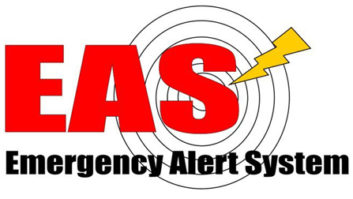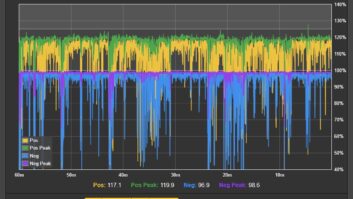“Blockbuster decisions.”
That’s the assessment of EAS consultant Gary Timm about the new Emergency Alert System rules from the FCC addressing Common Alerting Protocol messaging.
Analyzing the 130-page Fifth Report & Order on the AWARE alerting blog, Timm finds several key outcomes. Notably, the order amends the rules to eliminate a requirement that EAS participants receive and transmit CAP-formatted messages initiated by state governors. This question had been hanging for some time in the broadcast and alerting communities.
Meanwhile, the FCC said stations are permitted to use “intermediary devices” or CAP converters, if those devices meet certain parameters. That too has been an ongoing debate point in the broadcast and manufacturing communities.
The commission eliminated the Non-Participating National (NN) EAS station designation and revised its rules to limit the duration of the attention signal to no more than eight seconds. But it delayed revisions to the EAS Operating Handbook until after the results of the November national test are studied.
Timm said the EAS CAP Industry Group Implementation Guide was accepted as the method to convert CAP-formatted messages into legacy EAS format.
EAS participants will be required to monitor FEMA’s Integrated Public Alert and Warning System (IPAWS) for federal CAP-formatted alert messages. Also, the FCC has clarified that it would be inappropriate to adopt a blanket exemption from the basic CAP obligations, but it said that the physical unavailability of broadband Internet service offers a presumption in favor of a waiver, Timm wrote.
Timm noted that although these rules are final and no further comment being solicited by the commission, petitions for reconsideration can be filed on any part of the ruling within 30 days of its publishing in the Federal Register.






